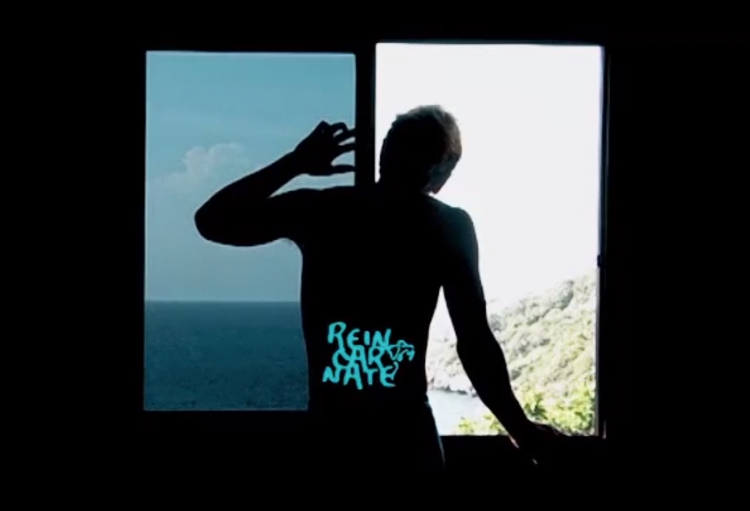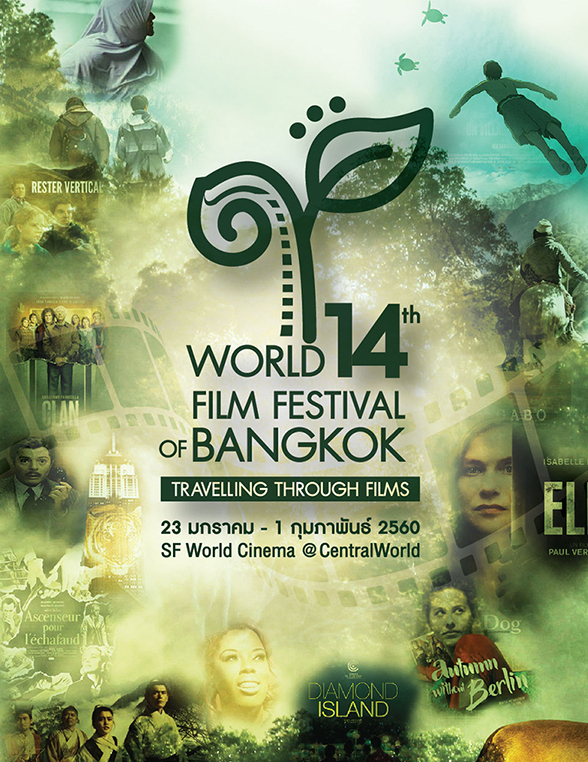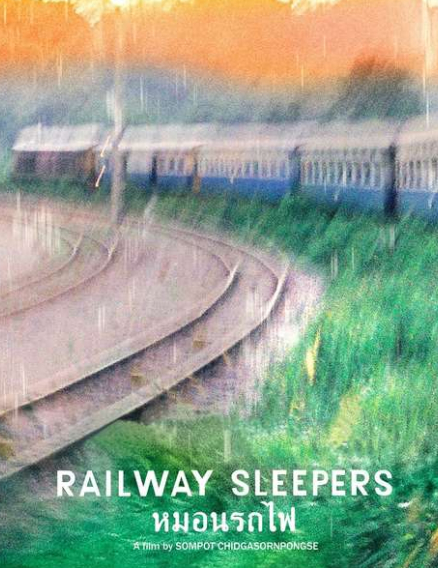
Thunska Pansittivorakul has produced a new version of his 2010 semi-documentary film, Reincarnate (จุติ). The 2017 version, which has brighter and more vivid colour grading, was released on the Vimeo website yesterday.
For the new version, Thunska has added a haze effect in some of the point-of-view shots of the leading actor, Panuwat Wisessiri. At times, this effect represents the director’s voyeuristic gaze, though later it suggests the presence of the daughter that Panuwat describes giving birth to, as if her shadow were following him.
One shot in the new version is shorter than in the original: when Panuwat says “I think I am pregnant”, the film now cuts immediately to the montage sequence symbolising his labour pains. There is also a minor change to the soundtrack: the sound of crickets chirping has been added to one sequence.
The most substantial addition is a new sequence (actually an out-take from Thunska’s more recent film, sPACEtIME/กาล-อวกาศ) of Nathapong Kaewprom naked in a swimming pool, filmed underwater. This scene repeats a motif from elsewhere in Reincarnate and Thunska’s earlier short film, Unseen Bangkok (มหัศจรรย์กรุงเทพ): the director grabbing a particular part of his actor’s anatomy.
For the new version, Thunska has added a haze effect in some of the point-of-view shots of the leading actor, Panuwat Wisessiri. At times, this effect represents the director’s voyeuristic gaze, though later it suggests the presence of the daughter that Panuwat describes giving birth to, as if her shadow were following him.
One shot in the new version is shorter than in the original: when Panuwat says “I think I am pregnant”, the film now cuts immediately to the montage sequence symbolising his labour pains. There is also a minor change to the soundtrack: the sound of crickets chirping has been added to one sequence.
The most substantial addition is a new sequence (actually an out-take from Thunska’s more recent film, sPACEtIME/กาล-อวกาศ) of Nathapong Kaewprom naked in a swimming pool, filmed underwater. This scene repeats a motif from elsewhere in Reincarnate and Thunska’s earlier short film, Unseen Bangkok (มหัศจรรย์กรุงเทพ): the director grabbing a particular part of his actor’s anatomy.




